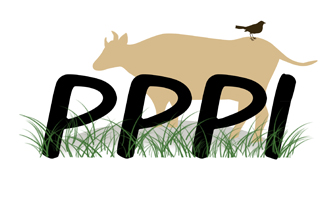Andrea Olive will be on CBC Saskatchewan radio on Monday Sept 30 at 12:30 explaining what would be involved in a “stand-alone species at risk” act for Saskatchewan.
It will be a call-in show as well – the question posed to people will be: “Should Saskatchewan create its own Endangered Species Act?” As you may have read on this site, Saskatchewan does not have its own act, and once federal lands are transferred to provincial control, as in the case of the community pastures, species at risk are far less protected.
Please share this information, and consider calling in to the show.
Andrea Olive is an assistant professor of political science and geography at the University of Toronto. Originally from Regina, Olive has a BA from the U of Calgary, a MA from Dalhousie and PhD from Purdue University (Indiana). Her area of expertise is private property and the conservation of endangered species in Canada and the US. Her next book, Land, Legitimacy and Stewardship, is coming out this December with the University of Toronto Press. The book compares Canada and US conservation strategies and features Saskatchewan as a case study.


